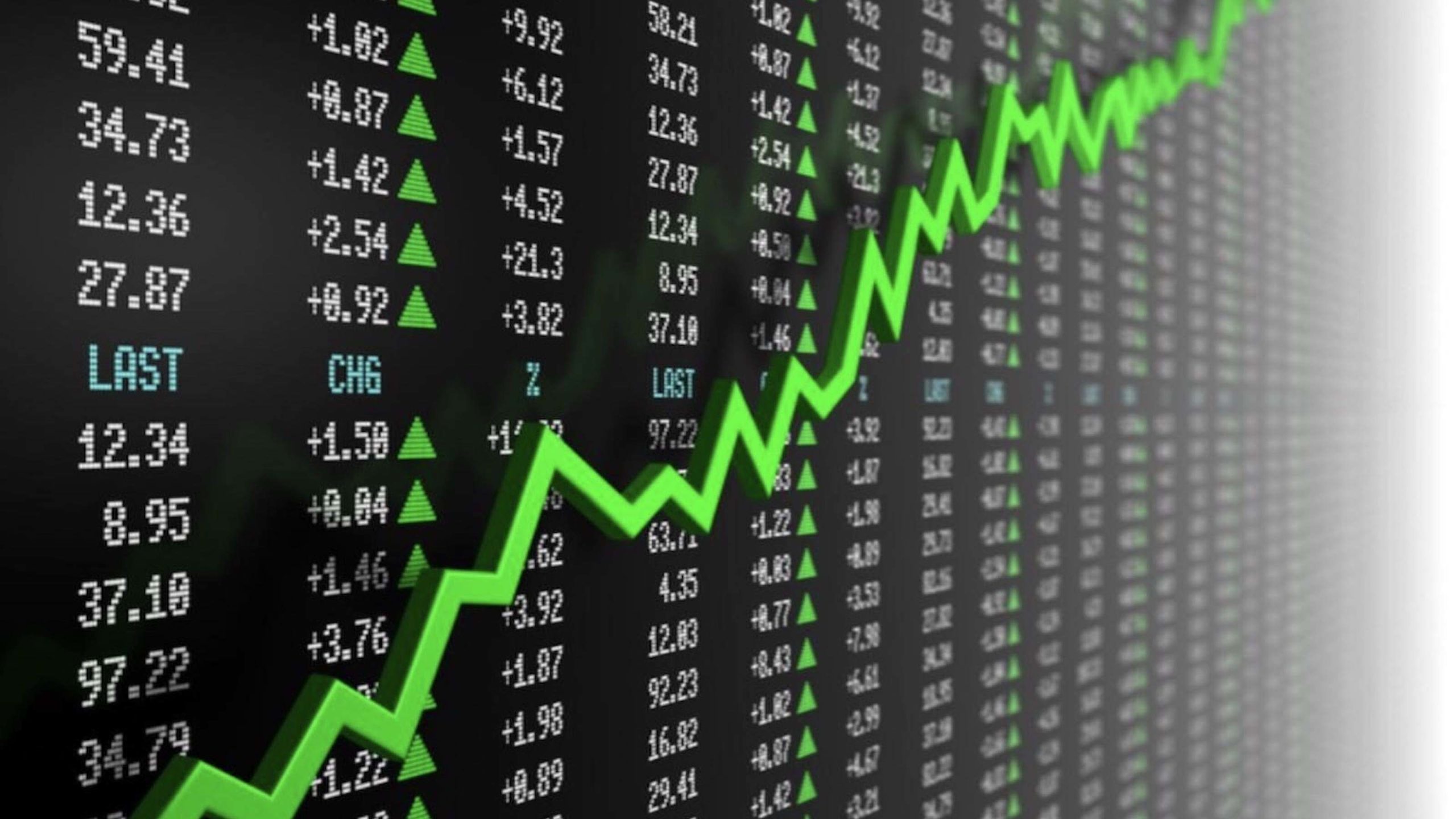What is Trading ? How to become a successful Trader ?
UncategorizedDemystifying Trading: The Art and Science of Market Mastery
Trading, often seen as the heartbeat of financial markets, is more than just a buzzword-its a fascinating blend of strategy, intuition, and opportunity. At its core, trading is the act of buying and selling assets with the goal of generating profit. But beneath this seemingly straightforward definition lies a world of complexity, excitement, and risk.
What Is Trading?
Trading involves exchanging various assets like stocks, currencies, commodities, or cryptocurrencies. The essence of trading is simple: acquire an asset at a lower price and sell it at a higher price. However, the methods and strategies used to achieve this goal can vary dramatically. From day trading on the fast-paced stock market to investing in the innovative world of cryptocurrencies, trading encompasses a broad spectrum of activities.

Types of Trading
- Stock Trading: This is perhaps the most traditional form of trading. Investors buy and sell shares of companies, aiming to benefit from price movements driven by company performance and market trends. Stock trading can be exhilarating, offering both the thrill of rapid gains and the agony of sudden losses.
- Forex Trading: The foreign exchange (forex) market is the largest and most liquid financial market globally. Forex traders exchange currencies, seeking to profit from changes in exchange rates. The forex market operates around the clock, providing endless opportunities for those willing to navigate its volatility.
- Commodity Trading: In this realm, traders deal with physical goods like gold, oil, and agricultural products. Commodity trading can be highly dynamic, influenced by factors such as weather conditions, geopolitical events, and supply and demand fluctuations.
- Cryptocurrency Trading: A relatively recent addition to the trading landscape, cryptocurrencies like Bitcoin and Ethereum offer a new frontier. Cryptocurrency trading is known for its intense volatility and rapid market shifts, presenting both significant risks and extraordinary opportunities.
- Options and Futures Trading: These are types of derivatives that allow traders to speculate on future price movements of assets. Options provide investors with the privilege, but not the requirement, to purchase or sell assets at a specified price. Futures contracts, on the other hand, require the purchase or sale of an asset at a set price on a future date. Both instruments are used for hedging and speculative purposes, adding layers of complexity to trading.
The Skills of a Successful Trader
- Analytical Acumen: Successful trading demands a keen ability to analyze market data. Traders use technical analysis to study price charts and patterns, while fundamental analysis involves evaluating economic indicators and news events. The blend of these analyses helps traders make informed decisions.
- Risk Management: Mastering risk management is crucial. Effective traders employ strategies like stop-loss orders and diversification to safeguard their investments. Managing risk ensures that losses are controlled and potential gains are maximized.
- Emotional Resilience: Trading can be an emotional rollercoaster. The highs of a profitable trade can be exhilarating, while the lows of a loss can be disheartening. Successful traders maintain emotional discipline, avoiding impulsive decisions and sticking to their strategies.
- Continuous Learning: The financial markets are ever-evolving. Staying updated with market trends, technological advancements, and new trading tools is essential. Lifelong learning helps traders adapt and refine their strategies in a rapidly changing environment.

The Future of Trading
The future of trading is being shaped by technological advancements. Algorithmic trading, powered by artificial intelligence and machine learning, is revolutionizing how trades are executed and analyzed. Additionally, the rise of decentralized finance (DeFi) and blockchain technology is opening new avenues and reshaping traditional trading paradigms.
Conclusion
Trading is not merely a financial activity; its an intricate dance of strategy, skill, and emotion. Whether you’re diving into the world of stocks, forex, commodities, or cryptocurrencies, understanding the fundamentals and continuously honing your abilities are key to navigating this thrilling landscape. The path of trading is filled with both challenges and rewards, offering an electrifying journey for those who dare to embrace its complexity.